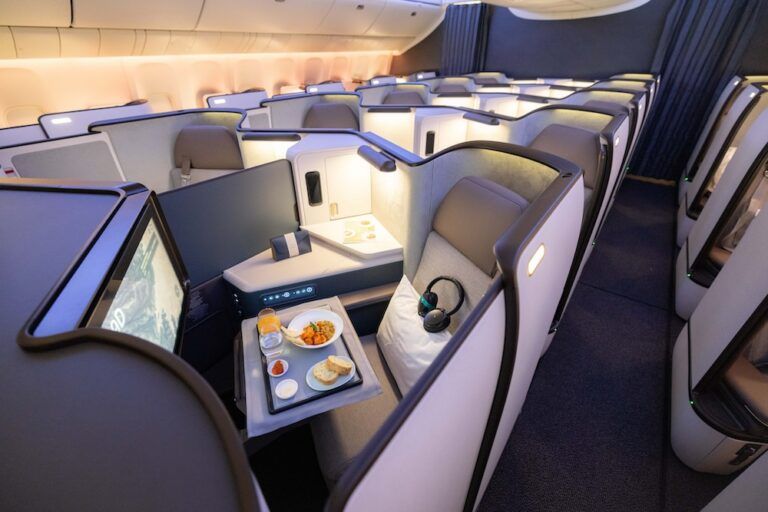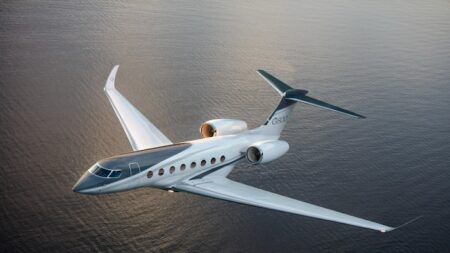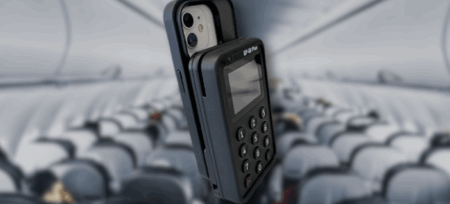After years of designing for the aviation, hospitality, and transport industries, I’ve come to believe that great design today goes far beyond just the visual. Instead, it’s about shaping how people feel, especially in environments that push the boundaries of human comfort.
Nowhere is this more critical than in air travel, and in particular, ultra-long-haul flights. As journeys creep past the 19-hour mark – from Singapore Airlines’ direct flight from Singapore to New York, to Qantas’ Project Sunrise set to launch in 2026 – they are becoming not simply flights but rather, immersive, full-day experiences.
And yet, most aircraft cabins are still designed like endurance tests: predictable layouts, constrained movement, and a sensory landscape that has barely evolved beyond ambient lighting and touchscreen entertainment.
But we’re at a pivot point. While a flight of nearly a full day places intense demands on travellers, this is where design can be transformative. Ultra-long-haul flights present an extraordinary opportunity to redefine the passenger experience by creating spaces not just to sit or sleep in, but to live in.
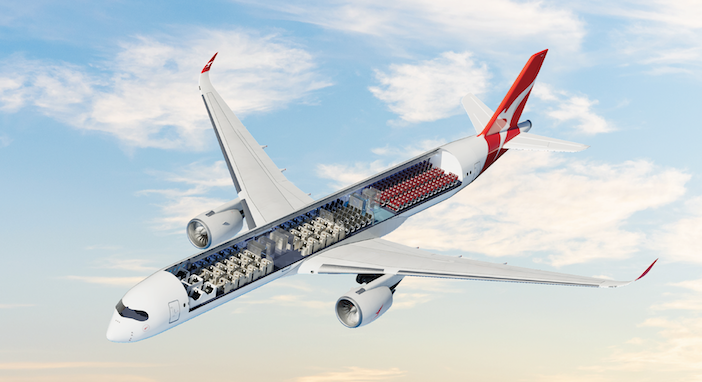
The future of the aircraft cabin won’t look like the rigid, regimented rows we have come to accept. Instead, it will be about creating distinct spatial zones that encourage movement and offer varied environments for resting, working, and socialising. Imagine cabins with exercise corners, massage nooks, or social lounges, where privacy is balanced with acoustic and visual shielding.
These micro-environments would respond to individual needs, offering a more personal experience. The cabin of the future might feel less like an airplane and more like a thoughtfully designed train carriage – fluid, human-centred, and adaptable as the journey unfolds.
Flexible layouts can already be introduced incrementally in existing aircraft, such as our award-winning Aria Suite for Cathay Pacific. We reimagined the business-class experience through modular, layered spaces, including a ‘Gallery in the Skies’ (also award-winning) that showcases a curated selection of artworks, which support greater personalisation and movement within the cabin.
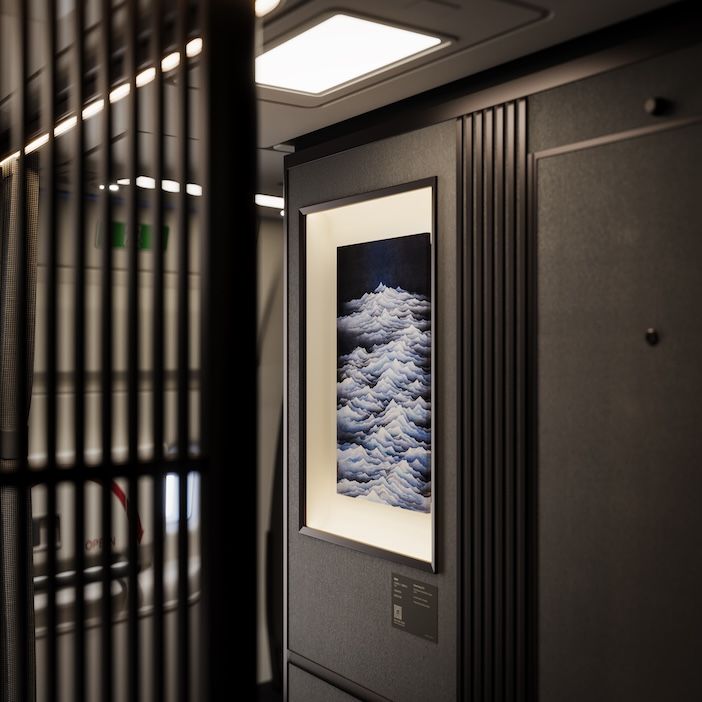
At JPA Design, we see design as a craft that blends technical mastery with artistry. Emerging technologies, from smart fabrics and membrane technologies, to AI-powered personalisation, hold immense potential, but only if applied with care.
A seat that senses your posture and eases tension is valuable. But an interface overloaded with features? Counterproductive. The goal shouldn’t simply be to pile on features, but to implement innovations that feel intuitive and human to support wellbeing while in transit.
Luxury, as we see it, isn’t about over-the-top indulgence. It’s about intentionality, creating an experience that truly understands and supports the traveller. That’s why we frame luxury through the lens of wellness. Long periods of immobility in confined spaces, coupled with the distorted sense of time onboard, create discomfort on multiple levels.
To address this discomfort, seat design must evolve beyond engineering solutions and become tools for wellness. For those in premium economy, business, and even first class, encouraging circulation through adaptable seats that respond to your body, with responsive materials or gentle micro-movements, could ensure the journey becomes less draining.

But comfort can’t be reserved only for the front of the plane. Economy class must move past the idea that efficiency means sacrificing well-being. Through thoughtful ergonomics and ambient technologies, economy cabins can be made to feel less mechanical and more like a supportive, residential space. Features like artificial day and night cycles, created through lighting and service rhythms, could help passengers maintain their circadian balance and stay grounded throughout the flight.
This is a pivotal moment for aviation design, and the opportunity isn’t just to improve. It’s to transform. Designing for a 19-hour journey is not just about the perfect lie-flat seat. It’s about shaping the entire experience. Passengers don’t want to simply endure these long flights; they want to nest within them. That means creating environments that adapt both physically and mentally to their needs. To achieve this new model, we need systems thinking, spatial storytelling and, above all, empathy.


